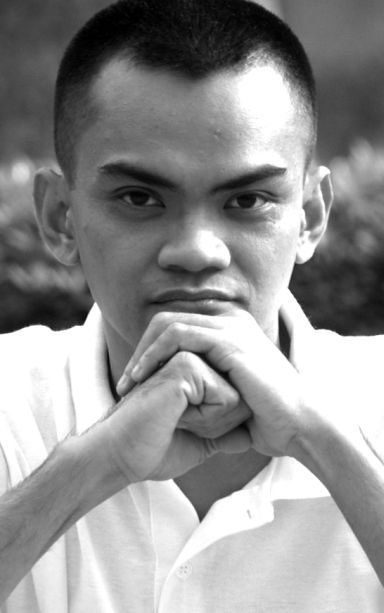
PAREDES
It was in one of those dinner conversations with artist friends Sonia Yrastorza, Jojo Sagayno and two others from the group CAI (Cebu Artists, Incorporated) days after the magnitude 6.7 earthquake devastated my hometown Surigao City, that the idea popped up in our heads: How can artists help in such disaster situations?
Other sectors are always expected to come immediately to the aid of victims during calamities. Doctors and health workers join rescue teams in providing immediate care of the injured. Police and military are expected to restore peace and order. Church and business groups conduct donation drives. Engineers and architects help in reconstruction. Social workers and psychologists conduct much-needed psychosocial intervention.
But artists? Well, many of them have long shut themselves out from the noise of the outside world, preferring to dwell in the world of their imagination. Such is the paradox of the artist: the person we expect to be most sensitive about the human condition could also be the most indifferent.
Not all artists are like that, however. History has shown how artists responded to calls for help from society. Many of them even went to the extreme of joining revolutions in their desire to help the oppressed. And, of course, there are those who contribute with a work that provoke or agitate people into action. Picasso’s “Guernica” and Joan Miro’s equally iconic “Aides Espana!” poster helped to call attention to the victims of fascism during the Spanish Civil War.
Other artists help by making victims cope with trauma through creative expression or art therapy. Today, art therapy has become an important part of stress debriefing. While it is true that art itself is already a form of therapy, the insights of psychology on trauma provide artists with a better perspective on how art can effectively help patients heal.
Most artists are not aware of the healing powers of art and very few have gone through training in art therapy. The challenge is how to get them to help in psychosocial operation in disaster-stricken communities. In fact, the whole challenge is how to make artists in general more mindful of their social responsibilities especially during those times of great need, when all sectors are called upon to do their share.
And so, in that dinner conversation, we recalled how artists in Cebu actually made initiatives to help victims of disasters. There had been exhibits in the past organized to raise funds for the victims, with artists donating proceeds in the sale of artworks. When the earthquake struck Bohol and Cebu and right after Yolanda devastated Leyte and northern Cebu, some artists here in Cebu have conducted art therapy missions in those areas. Others did art caravans or went house to house to convince collectors to buy art in order to raise money for victims of disasters.
But so far those efforts had been few and quite random. What is needed is for artists to create a kind of network that could immediately come together to provide immediate help in times of calamities. They can help in two ways: By using art to raise funds or donations (through exhibits, art fairs, and other art activities) and by providing art therapy to victims.
With this in mind, we thought of coming up with a kind of situational advocacy which we called Art Cares. The idea is to start a network of art groups and individual artists who could be called upon to respond in times of disasters. So, few days after that dinner conversation, we immediately put up a small fund-raising exhibit for Surigao earthquake victims.
For this first exhibit, we called it Art Cares for Surigao (the name of any beneficiary could be added to the Art Cares in future exhibits). We chose the CAI exhibit area at the “bridge” on the third level of Ayala Center, near Guess Kids boutique. We invited artists to contribute any small artwork for the exhibition on condition that 100 percent of the sales should go to the fund which we hope to donate to a school in San Francisco, which saw the worst damage in the Surigao earthquake.
Admittedly, this was rather hurriedly conceived and so it lacked the usual curatorial approach. In fact, with bigger fund and more time, we could have planned for a bigger operation, where we could actually go to the place with volunteer psychologists to conduct both relief operation and art therapy activities.
But for this first show, we just expected to generate even a small amount that we hope to donate to a small school. We figured that perhaps we can just buy a few kids still terrified by aftershocks (the latest of which killed one more person and destroyed few more homes and buildings) some snacks or art materials that they can use to at least relieve themselves of stress and nightmares.
The works are still on display until March 14 or Tuesday next week. Please drop by and buy an artwork. It’s a chance to collect local art at a bargain (we marked down the price of our work since this is for charity) and help Surigao.
Disclaimer: The comments uploaded on this site do not necessarily represent or reflect the views of management and owner of Cebudailynews. We reserve the right to exclude comments that we deem to be inconsistent with our editorial standards.
